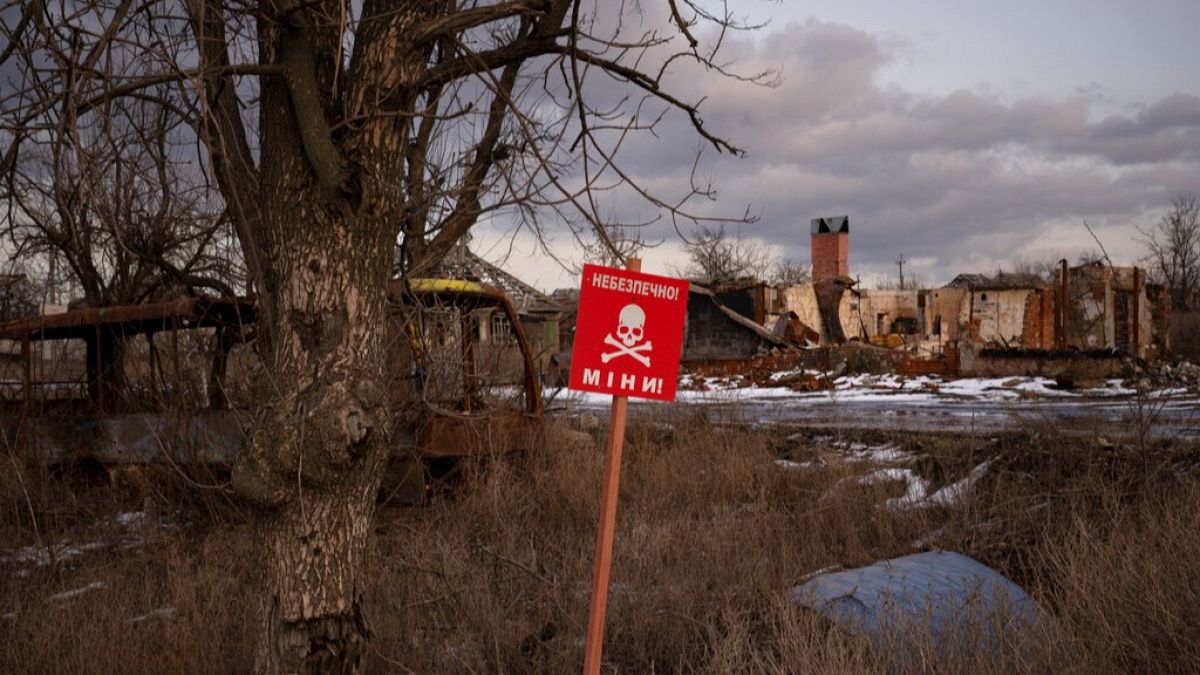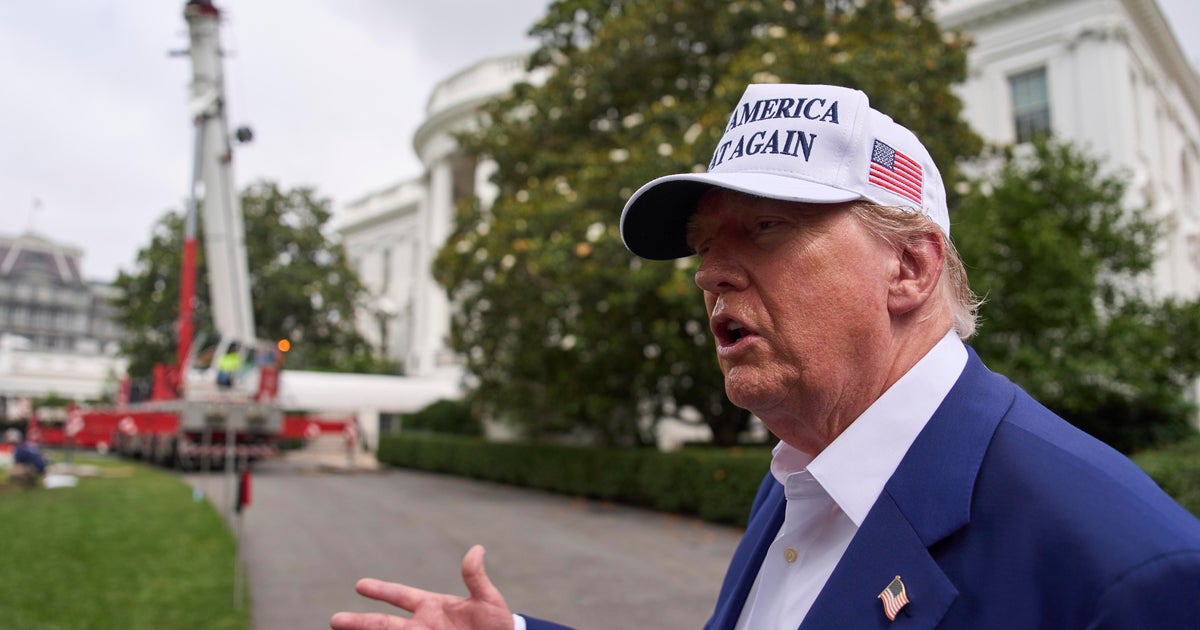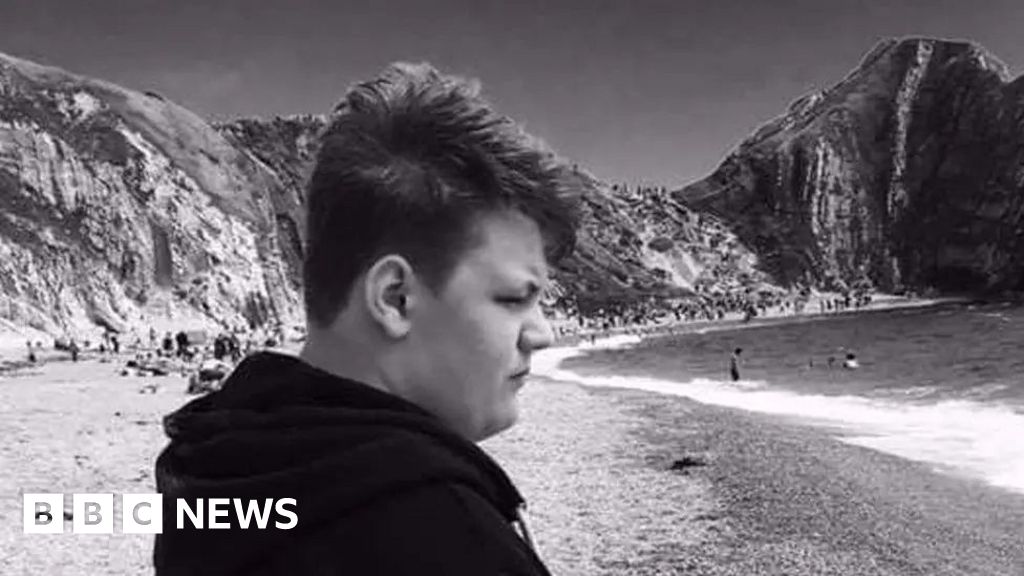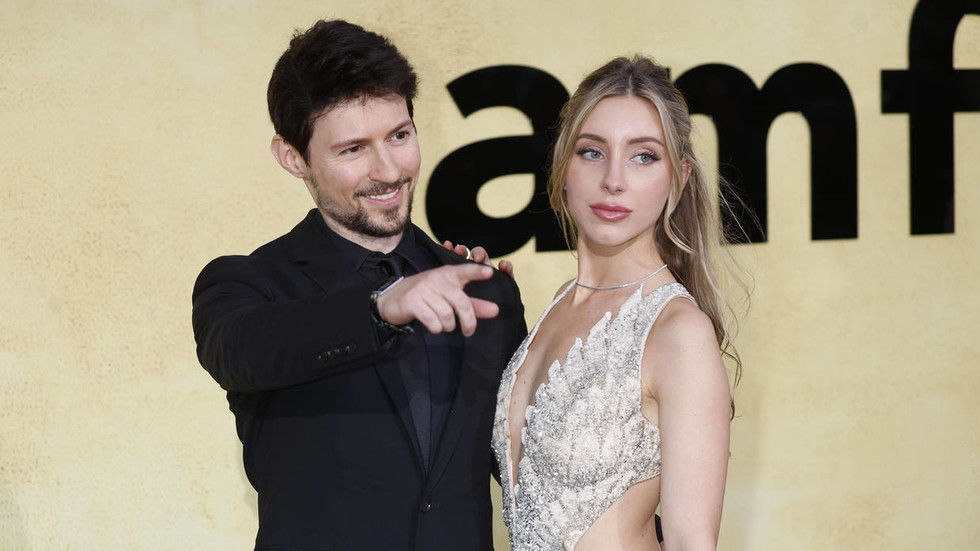The dock was quiet with the kind of stillness that settles just before dawn. Fishing boats bobbed in the tide, hulls worn and sun-bleached, their nets folded like sleeping limbs. For Kevin Williamson, it wasn’t just a familiar sight, it was a decades-old memory. This was the world he knew as a child growing up in the small town of Oriental, N.C., a place where everyone was seemingly related to everyone, where seafood came straight off the boat, and where the tides governed life as much as the church bells or school calendar.
“I was the small-town weirdo,” Williamson tells TIME. “I was the kid who didn’t belong and couldn’t wait to get out. Then I got out, and all I wanted to do was write about it.”
With The Waterfront, his new eight-episode Netflix drama starring Holt McCallany, Maria Bello, Melissa Benoist, and Jake Weary and debuting June 19, Williamson has done just that. The show tells the story of the Buckleys, a once-proud fishing family in fictional Havenport, N.C., now fractured by buried secrets, addiction, and the threat of financial collapse. It’s a slow-burn Southern gothic tale rich with betrayal and moral ambiguity, but beneath the genre trappings lies a deeper current of meaning. This is, in many ways, the story Williamson has been circling his entire career, as he broke out as the writer of such horror mainstays as Scream and I Know What You Did Last Summer and the creator of TV megahits including Dawson’s Creek and The Vampire Diaries.
“I always told my dad I was going to write the story,” Williamson recalls. “He said, ‘Wait until I’m dead.’” And so he did.
Read more: Here's What's New on Netflix in June
A family history rewritten

The roots of The Waterfront stretch back decades to Williamson’s own childhood. Born in New Bern, around 30 miles from Oriental, he grew up in a family shaped by the tides. His father Wade was a fisherman; his mother Faye worked at a hotel. “I come from a family of fishermen—not just my dad, but the entire family,” he says. “Everyone I knew was a fisherman.”
But by the ‘80s, that way of life was vanishing. Overfished waters, tightening environmental regulations, and broader economic shifts devastated the industry. As the fish began to disappear, so did people’s livelihoods, and in some cases, desperation filled the void.
For Williamson’s family, that desperation manifested in the decision his father made to use his fishing boat to run drugs, a crime which would catch up with him: “He was arrested for conspiracy to traffic marijuana—20,000 pounds.” Though Wade ultimately served less than a year behind bars, the impact was deeply felt in the larger community. “They didn’t just arrest my dad,” he recalls. “They arrested a whole bunch of people. It was part of a cartel. They were the low men in the operation.”
The trauma eventually seeped its way into Williamson’s writing. On Dawson’s Creek, Joey Potter’s (Katie Holmes) father serves time for a similar offense. “That was the beginning of me fictionalizing it, but I always knew I’d come back to it,” he says.
That unflinching, long-deferred return arrives in The Waterfront. But the road to telling that story began with a restless boy in a quiet town, one who found escape not on the water, but in the light of screens both big and small, captivated by Steven Spielberg’s work and the classic soap opera Guiding Light.
After high school, Williamson enrolled at East Carolina University, where he studied theater, graduating in 1987 and landing in Los Angeles by the early ’90s. His breakthrough came thanks to a bout of late-night paranoia. After watching a 20/20 episode about Danny Rolling—the “Gainesville Ripper” who murdered five college students in Florida—Williamson found himself home alone, unsettled and on the phone with a friend. The experience eventually sparked the script for Scream, which married razor-wire tension with meta self-awareness.
Released in 1996, Scream didn’t just succeed, it helped revive the slasher subgenre. With its whip-smart satire and adolescent vulnerability, the movie catapulted Williamson into the Hollywood spotlight. He followed quickly with Scream 2, I Know What You Did Last Summer, and The Faculty, infusing each with more than scares. These were stories about fear as metaphor: adolescence, alienation, the fragile armor of identity.
Then came Dawson’s Creek, a teen drama set in the small fictional town of Capeside, Mass., whose emotional frankness and hyper-verbal teen characters helped define a generation. The series was famed for its romantic entanglements and earnest dialogue, as well as launching the careers of actors like Michelle Williams and Joshua Jackson, but beneath it all was a writer mining personal history for deeper truths.
In the years that followed, Williamson explored the truth in darkness. He co-created The Vampire Diaries, a gothic teen soap pulsing with desire and loss, The Following, a psychological thriller about a serial killer and his cult, and Tell Me a Story, which reimagined classic fairy tales like Little Red Riding Hood and Hansel and Gretel as twisted modern parables. Even when his work veered into fantasy, it never lost its grounding in emotional reality. Williamson’s stories are defined by a familiar undercurrent: the bittersweet pang of longing, the weight of secrets, the intergenerational ghosts we carry.

When it came time to create The Waterfront, Williamson didn’t have to look too far. The fictional town of Havenport shares DNA with Oriental, and production took place nearby in Southport—the same town where he shot much of I Know What You Did Last Summer nearly 30 years earlier.
“I absolutely love North Carolina. Through and through, I’m a Carolina boy,” he says. “Southport looks very much like how I grew up.” To capture that authenticity, the production team even visited Oriental to rent real fishing boats to use as stunt boats. “It’s a seafood fresh-off-the-boat type of town,” he says. “That’s where I got the idea for the Buckley fish house. It’s common in little port towns: restaurants attached to fish houses.”
That personal connection found its way to the cast. The Waterfront is a sprawling family saga anchored by characters who feel flawed and lived-in. Family patriarch Harlan Buckley (McCallany) is a hardened man recovering from two heart attacks who’s pulled back into the family’s struggling fishing business; Belle (Bello), his wife and the fishery’s unofficial operator in his absence, is the pragmatic backbone of the family, keeping the business (and its secrets) intact with a steely resolve. Bree (Benoist) is the bruised and bristling daughter, struggling with sobriety and aching for redemption.
“Holt [as Harlan] has the exact same straight John Wayne persona [as my dad],” Williamson says. “That sense of humor, where he can just throw out a line, and it’s funny.” Bree is another reflection of Williamson’s psyche. “That addictive part of me, that’s where I wrote from,” he adds. “I took her to the extreme, but it’s personal.”
Then there’s Cane (Weary), the son who stayed behind, who never chased a bigger life. “Cane is who I would’ve been if I’d stayed in Oriental,” Williamson says. “There were times I thought I might, but my parents pushed me out. They didn’t see a future in fishing.”
Each of the Buckleys strive for something elusive: approval, redemption, control, freedom. (“They want to love and be loved,” he says.) This emotional dynamic plays out in particular in the push-and-pull dynamic between mother and daughter. “[Bree] always felt like the outcast,” Williamson says. “The show asks, did she feel that way because it was true, or did she create it?”
Even the structure of the show reflects its themes. “I tried to do a 60/40 ratio of family drama to crime drama, but any time you do a mathematical equation for storytelling, it goes out the window,” he says. Instead, he focused on the characters’ journeys. “I put my characters on a board: Where do they start, where do they end up, and how do I twist them through it?”
The ties that bind

With The Waterfront, Williamson is writing about the soil, the salt, and the silence of home. While the Netflix drama centers on hubris and crime, it’s also about consequence. The Buckleys may bury secrets or protect one another, but they’re not caricatures. “We’re not ‘either or’ in life. We’re always ‘and,’” Williamson says. “We’re good and bad.”
That duality grounds the show’s jarring bursts of violence. “I love the dark,” he admits. “It’s my happy place. There’s a whole horror side of me, so I think it’s safe to say if you’re going to watch a show that I’m part of, someone’s going to get killed eventually.” But the brutality isn’t purely for shock value. “Sometimes we’re knocked on our ass by life, and I wanted the show to reflect that,” he continues.
The atmosphere intentionally heightens the sense of unease. Each episode opens with an eight-second title sequence showing the camera partly submerged in seawater, bobbing beneath dark clouds. It’s disorienting and ominous, evoking the sensation of drowning or barely staying afloat. “We went through so many different versions of the title sequence, but the idea was always there: treading water, drowning, danger rising,” he says. “Who’s going to survive? Where’s the life raft coming from?”
Williamson sees The Waterfront’s debut season as just the beginning. “I would love very much a chance to write Season 2, because I feel like I'm just getting started with this story and this family,” he explains.
Until then, the series stands as a meditation on loyalty, legacy, and the weight of unfinished business. “I hope people connect to the messiness of family life,” Williamson explains. “Regardless of what these characters do—whether they’re fishing or getting their hands messy with a little crime and a little blood—I hope viewers connect with the idea of family. Each [character] is trying to be the best version of themselves. They just don’t know how to get there.”

 5 hours ago
1
5 hours ago
1









